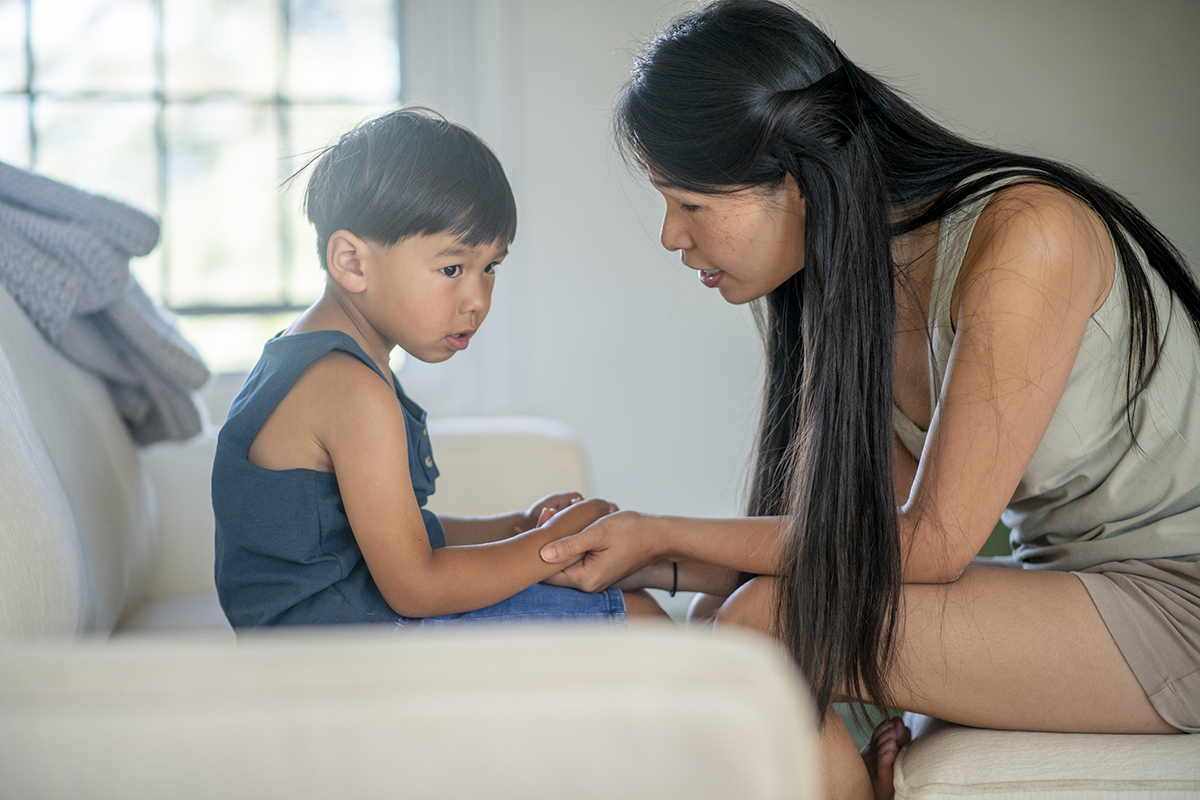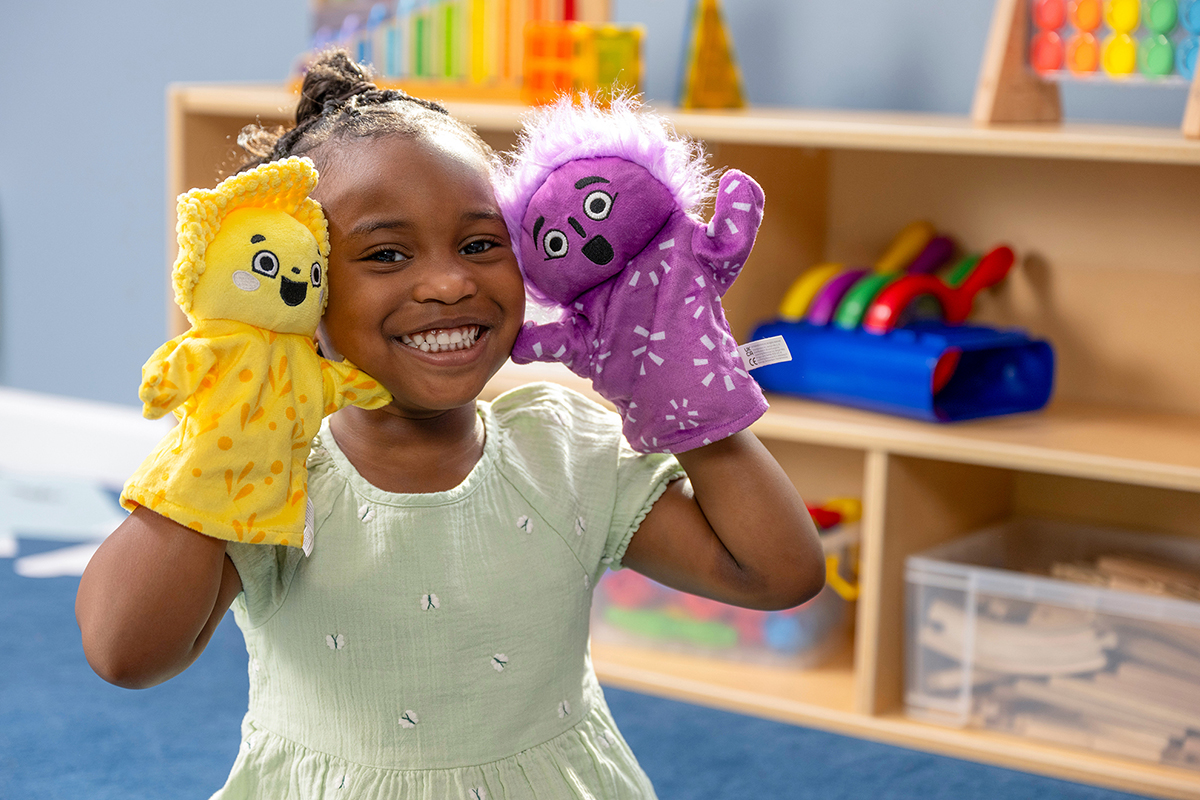When Does “Stranger Danger” Start?
Stranger danger is a scary but important topic that should be addressed with children around when they start preschool. While the likelihood of a stranger with unsavory intentions approaching a child is low, it’s important that children are prepared for the unpredictability of life. For parents, the difficulty of starting a conversation about stranger danger often stems from the conflicting feelings of wanting to educate your children to protect them from harm while not wanting to frighten them. Fortunately, there are strategies for discussing stranger danger with children of all ages that promote safety without instilling fear.
The Importance of Teaching Stranger Danger: Safeguarding Children from Potential Threats
Teaching stranger danger consistently helps children avoid scenarios that are potentially dangerous. For example, children who learn about body safety from an early age will feel confident trusting their instincts and setting boundaries with anyone who makes them feel uncomfortable. Children who are taught to be mindful of stranger danger will naturally become more aware of their surroundings and the behaviors of those around them. The safety rules children learn when they are young will help them remain safe in countless situations throughout their lives.
Psychological Development and Stranger Awareness: Age-Appropriate Lessons for Children
As your child grows and matures the conversation surrounding stranger awareness will also need to evolve. Preschool children are far less likely to be left unsupervised than tweens and teens, which means the guidance around stranger danger will be different. Additionally, the conversation around strangers needs to have some nuance. Strangers are everywhere and children need to know when it’s okay to talk to them. For example, if your child gets lost and they need help. Tell them to look for other families that have children, a police officer or a store employee.
Early Childhood: Beginning Steps for Stranger Danger
Throughout early childhood, children are curious and interested in the world around them but lack the ability to think critically or consider the intentions of other people. Young children should be encouraged to follow their instincts. If someone makes them feel uncomfortable (even if they don’t understand why), they need to trust that feeling and get away from the person.
Small children can easily be lured astray by an adult, so it is important to teach them basic rules about their own safety. For example, even three year-olds can be taught simple phrases like, “no means no,” or “your body belongs to you.” Explain to your child that they should never go anywhere, accept anything or get in the car with a stranger. If they were to get lost, have a plan and discuss it with your child.
Preschool-age children should also be taught important personal information that can help ensure their safety, like their whole name, home address, phone number, the names of their parents and who to call in an emergency. They can also learn how to use the telephone to dial 911 should an emergency occur.
Young children learn through repetition, games and roleplaying, and these tools can be very helpful in making sure they understand these basic safety concepts. Turn your phone number or address into a song that you sing on the way to school or at bedtime to help your child memorize them.
Between the ages of 3 and 7, teach your children to use No-Go-Tell. They should say no if someone makes them feel scared, uncomfortable, or tries to get them to go somewhere with them; go quickly away from that person; and then tell a trusted adult.
Elementary School: Deeper Dive into Stranger Safety
By the time children are in elementary school they are better able to understand the difference between right and wrong as well as basic and more complex safety rules. It is important to help elementary school children understand the definition of stranger and that even the nicest stranger is still a stranger. Make a list of places in your community that are safe if your child gets lost or is worried that someone is following them, like stores, the library and school. It may be helpful to teach children that people are only safe when their parents say so, providing clear examples that they can easily understand. When teaching safety rules to elementary school children, repetition is key.
Adolescence: Providing a Safe Environment for Conversations
When children become tweens and teens they are more likely to be in situations where they are unsupervised, meaning that it is important they develop good judgment and a keen awareness of those around them. Older children can be influenced by their peers so it is vital they learn to understand the risks of potentially dangerous situations.
Tweens and teens benefit from open conversations and discussing realistic scenarios. Children of all ages, but especially older children, respond to honesty so it is important to discuss stranger danger frankly instead of withholding information for fear of worrying them.
Online Stranger Danger: Keeping Safe in the Digital Age
The internet has created a brand new landscape when it comes to strangers having the opportunity to interact with children. Social media and chat groups have brought stranger danger online, so it is crucial that parents familiarize themselves with online safety practices. Some helpful strategies for parents include:
- Learning about your internet browser’s parental control features.
- Using specialized software to block mature material.
- Speaking with your child about their internet activities regularly and honestly.




